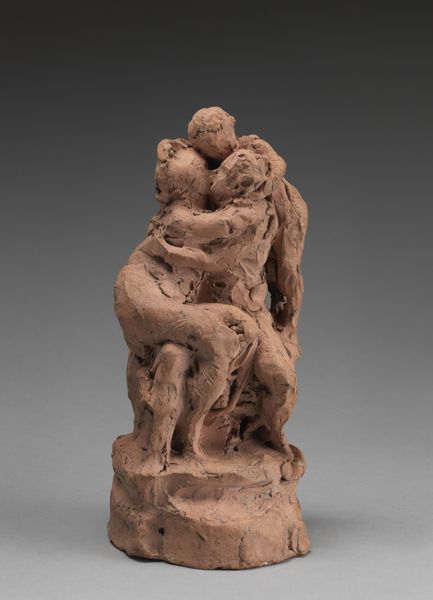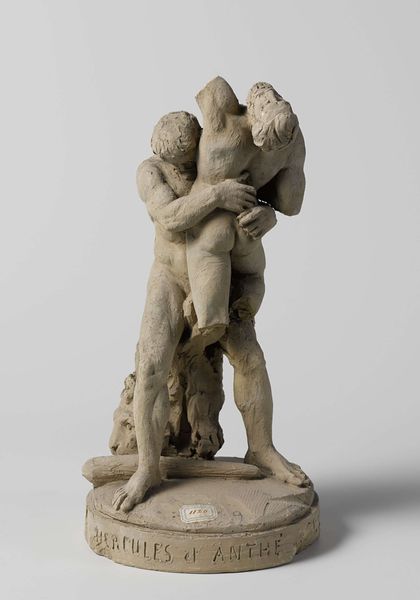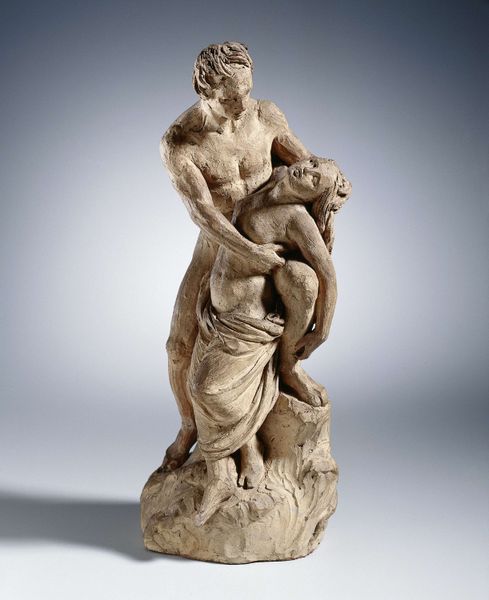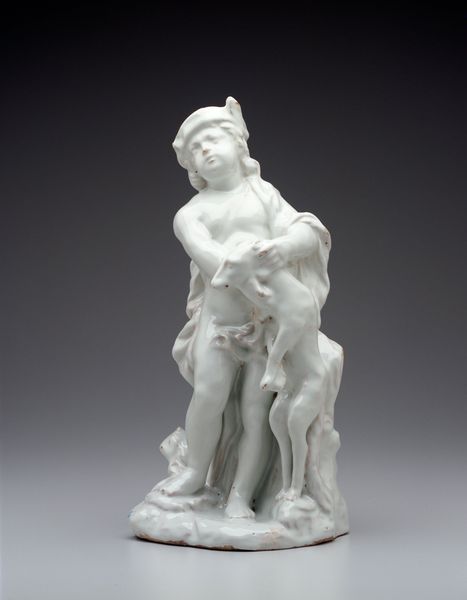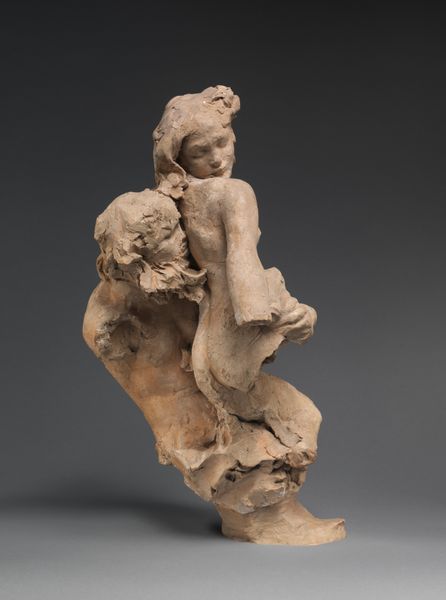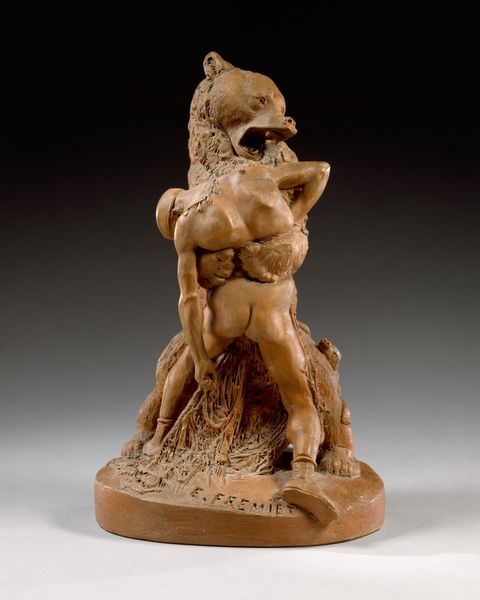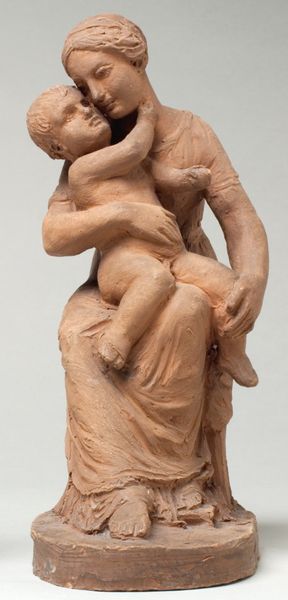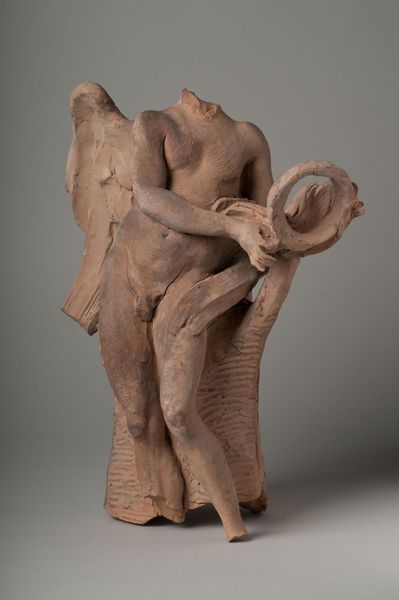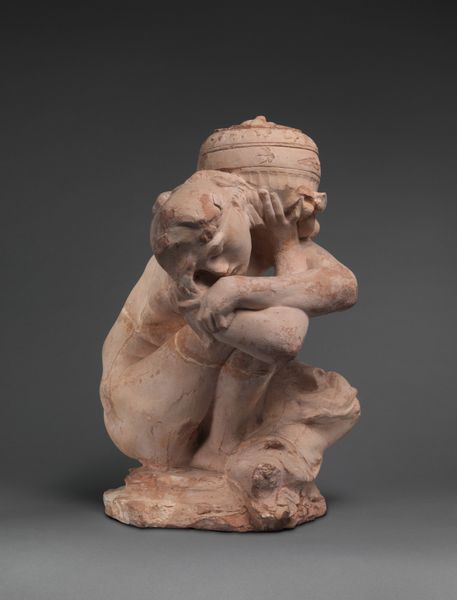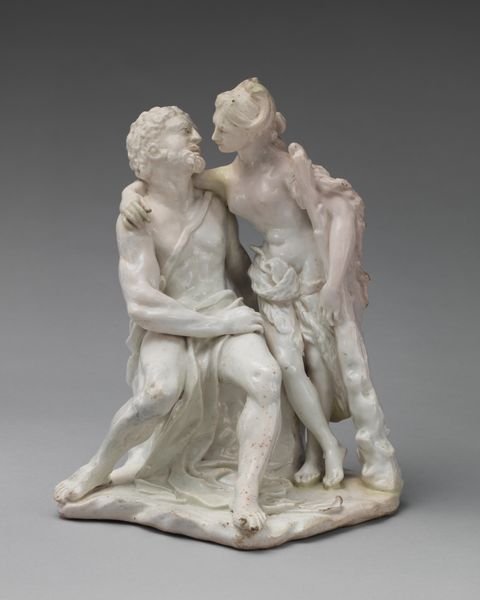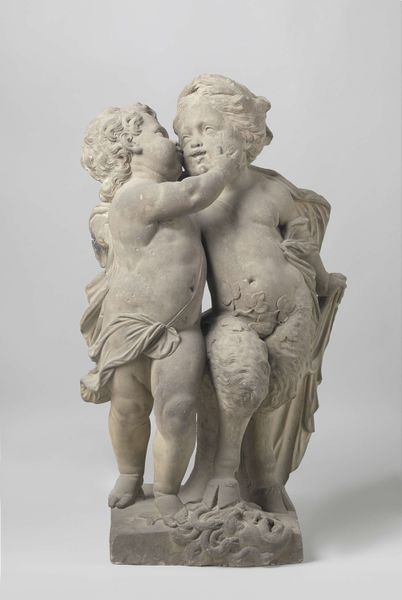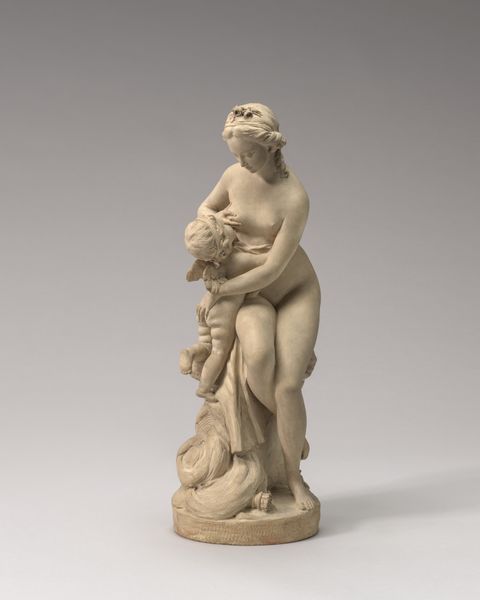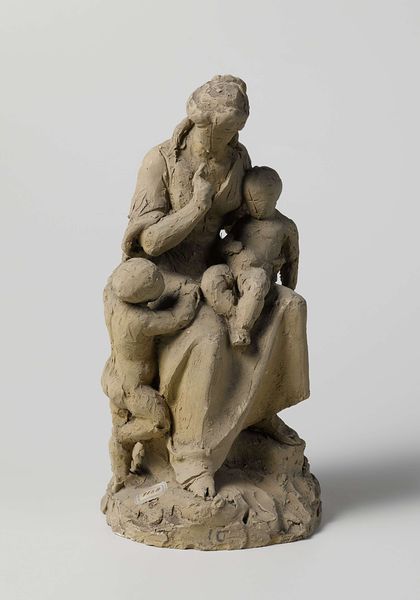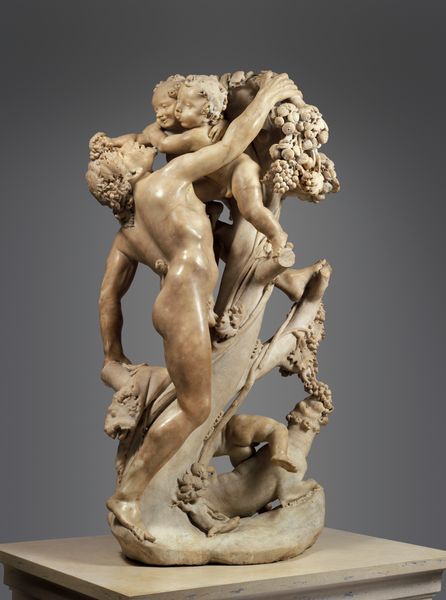
sculpture
#
baroque
#
sculpture
#
figuration
#
sculpture
#
nude
Dimensions: height 44.7 cm, width 30 cm
Copyright: Rijks Museum: Open Domain
Editor: This arresting sculpture, titled "The Maid of Amsterdam and other fragments", dates back to between 1650 and 1653 and was crafted by Artus Quellinus the First. Its incompleteness gives it a certain haunting quality, a real weight. What do you make of this piece? Curator: Well, consider the political climate of Amsterdam during that period. The Dutch Republic was consolidating power and solidifying its identity. Quellinus was instrumental in shaping the visual representation of this new civic identity, notably through his work on the Amsterdam Town Hall. This fragment is likely related to such grander projects, revealing the use of art to cultivate national pride and ideals. What aspects of the composition strike you as significant? Editor: The figures are… expressive, almost theatrical. The woman's gaze is particularly striking. It feels staged. Curator: Exactly! Baroque sculpture often embraced theatricality to engage viewers emotionally. Now, the "Maid of Amsterdam" allegory was central to Dutch civic iconography. These representations reinforced ideas about virtuous citizenship, national strength, and maritime power. How do you think a piece like this would have been received in its own time, considering the evolving social norms? Editor: I imagine it served as a potent symbol, perhaps used in a public building. Maybe to solidify Amsterdam as a key place within the republic? Curator: Precisely. These works played an important role in shaping public opinion and visually legitimizing the governing powers of the time. We need to consider that artistic commissions during this period served distinct socio-political agendas. Editor: So it's less about personal expression and more about projecting a national image? That gives me a lot to think about. Curator: Indeed. Seeing it as a projection of civic ideals as well as an aesthetic accomplishment offers new insight. Editor: I am grateful for learning more about how the arts play into society at large! Thank you.
Comments
rijksmuseum about 2 years ago
⋮
The front and rear elevation of the Town Hall are each dominated by a sculpted marble tympanum approximately twenty metres wide and surmounted by bronze statues. The side facing the Dam, where ships could moor, depicts the seas paying homage toAmsterdam. Parts of the tympanum design have been preserved, including this Maid of Amsterdam and all kinds of mythological sea creatures, such as nereids and tritons on dolphins and seahorses.
Join the conversation
Join millions of artists and users on Artera today and experience the ultimate creative platform.
